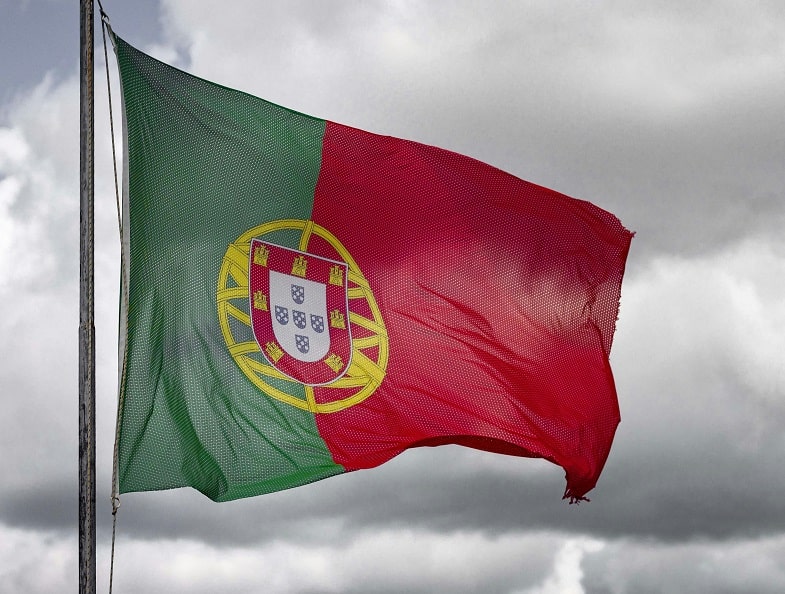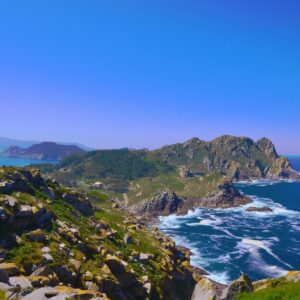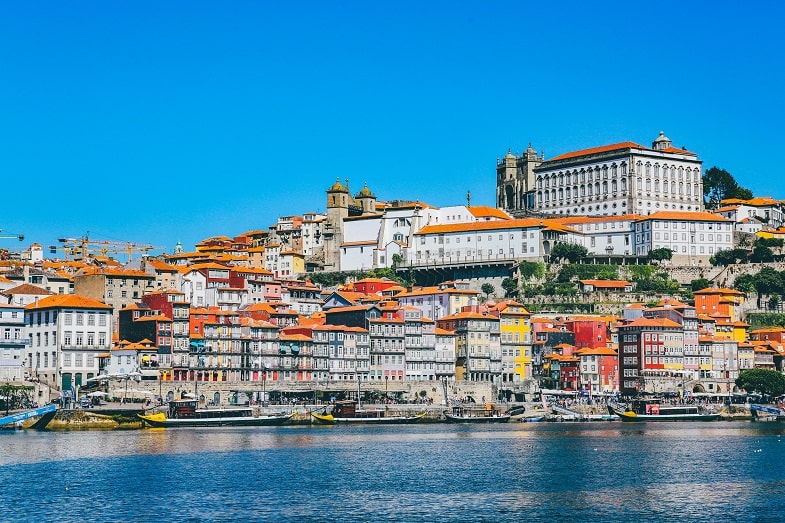Walking from Portugal to Santiago, discover the Portuguese Way

Table of Contents
DISCOVER THE PORTUGUESE WAY
The Camino de Santiago is a network of pilgrimage routes that converge in the city of Santiago de Compostela, in northwestern Spain, where according to tradition and Christian faith is the tomb of the apostle Saint James the Greater, one of the disciples of Christ.
Among the various routes that make up this network, the Camino Portugués has emerged as one of the most popular and picturesque options for pilgrims in recent years.
Galicia Travels products
-

Rias Baixas Excursion
Rated 4.93 out of 530,00€ – 55,00€Price range: 30,00€ through 55,00€ Select date(s) This product has multiple variants. The options may be chosen on the product page -

Portuguese Way
440,00€ – 820,00€Price range: 440,00€ through 820,00€ Select options This product has multiple variants. The options may be chosen on the product page -

French Way
360,00€ – 2.150,00€Price range: 360,00€ through 2.150,00€ Select options This product has multiple variants. The options may be chosen on the product page -
Sale!

Finisterre, Muxía, Costa da Morte
Rated 4.94 out of 520,00€ – 49,00€Price range: 20,00€ through 49,00€ Select date(s) This product has multiple variants. The options may be chosen on the product page
A PATH BETWEEN LISBON AND SANTIAGO DE COMPOSTELA
With an extension of around 620 kilometers, the Portuguese Way offers a unique experience that combines the history, culture and spirituality that Spain and Portugal offer us.
This route, which departs from Lisbon or Porto, passes through impressive landscapes, charming towns and historical monuments, all infused with the atmosphere of reflection, spiritual connection and camaraderie that is so typical of the Camino de Santiago.
THE PATH THAT GROWS THE MOST
The Portuguese way Today it is by far the Jacobean route with the fastest growth of pilgrims. This fact is due to the good signage and the beautiful landscapes it offers to the walker. Also for the gastronomy and history.
One of those particularities is, as we said, the second. And whether you start in Lisbon or Porto, the option of the northern capital is usually more common, it can be said that the pilgrim has the opportunity to visit endless places relevant to Spanish-Portuguese history.
Among these places we find famous monuments such as the Cathedral of the Sé of Porto or the famous church of Nossa Senhora da Conceição of Póvoa de Varzim, just to give two examples on Portuguese soil.
Once on Galician soil, this part of the Camino brings us closer to places such as the church of Santa María de Reboreda in Redondela or Romanesque bridges such as La Ramallosa, which are undoubtedly worth the effort of doing the Jacobean route.
Read also : THE ROAD FROM SARRIA TO SANTIAGO

A PATH WITH A LOT OF TRADITION
And throughout the centuries, this route has been traveled by countless pilgrims seeking to reach the sacred destination of Santiago de Compostela from the Portuguese country. During the Middle Ages, the Portuguese Way became an important route for people who, after the reconquest of the Iberian south, traveled the different paths in order to reach Santiago.
In fact, through the city of Porto, which was an important commercial port, many northern Europeans began their journey to Compostela, once they arrived by boat to that city in northern Portugal, especially people coming from the British Isles.
Without failing to mention the important relationship that the bishoprics of Braga and Santiago had historically. Since the time of the Swabian Kingdom, Braga was established as the most important religious seat of the Kingdom of Galicia , at least until the discovery of the Apostle’s tomb and the separation of the Portuguese county from the Crown of León.
So in summary, the Portuguese Way is one of the most historic of all the ways that make up the Camino de Santiago.
A PATH ALONG THE ATLANTIC COAST
The Portuguese Way If it is distinguished by something, it is because it has a route that runs along the coast of the Atlantic Ocean. It can be said that this road shows a good combination of forested and coastal landscapes. It must be remembered that the northwestern coast of the Iberian Peninsula is extremely humid and due to the Atlantic-type climate that the area has, it is very green unlike the southern area. So in general the pilgrim who decides to travel this route will find a very different geography from that which is usual in the center and south of Spain and Portugal. But what is truly spectacular are the landscapes that the coast leaves behind, since a good part of the route literally passes through it, which undoubtedly makes the long hours of walking more enjoyable.
INTERESTING CITIES ALONG THE TOUR
One of the highlights of the Portuguese Way is the network of cities that one can visit while traveling it.
First of all, and if you leave the most usual place, we have to Oporto,
Known for its medieval architecture and its wine cellars from the designation of origin of the same name, it is the second city in Portugal.
From here, pilgrims begin their journey, following the yellow arrows that mark the path and guiding us through the city’s colorful cobblestone streets.
It is also possible to visit Póvoa de Varzim the city where the brilliant writer Eça de Queirós was born and which he observed back in the 17th century the pilgrimage to Santiago de Cosimo de Médicis. In this beautiful town, as we explained previously, the famous Nossa Senhora church stands out, very famous for its spectacular architecture.
Viana do Castelo, the next city on the route, is also a great reference in Portuguese culture as it is one of the oldest cities in the Portuguese county. It stands out for its peaceful landscape and buildings such as the Temple of the Sacred Heart of Jesus with historicist architecture.
Already crossing the Spanish border, the walker encounters the incredible town of Bayona , one of the first in Spanish territory. Its history dates back to the Middle Ages and has notable buildings such as the Monterreal castle, now converted into a national inn. As a curious fact, the first news of the discovery of America came to this town after the first Columbian expedition.
The next city that could be reached following the path, already in Galicia, is the largest in that region of northern Spain. , Vigo. It is an industrial city whose port is one of the main ones in Spain. Since the 19th century, the city became one of the economic poles of the entire Galicia and in an important communications hub. Numerous buildings stand out within the city, such as the castle of San Sebastián or the Collegiate Church of Santa María, as well as numerous modernist buildings that can be seen in the center of the city.
The next point of interest is the city of Pontevedra , capital of the province of the same name. This city known as the “Buena Villa” has one of the best preserved historic centers in all of Galicia, where the famous church of La Peregrina stands out, a circular temple with baroque roots. It is undoubtedly one of the cities with the highest quality of life in Spain and a reference place for lovers of the Jacobean world. It is the last big city before reaching Santiago de Compostela, the final destination of the pilgrimage.
TIPS TO ORGANIZE YOURSELF FOR THE CAMINO DE SANTIAGO
The Portuguese Way is not only a physical and spiritual experience, but also an opportunity to explore the rich culture and gastronomy of the regions through which it passes. But perhaps many people wonder, is it easy to organize to do the Camino?
The answer is yes . And also more economical than one might imagine. Nowadays travel agencies like Galicia Travelshave packages adapted to the budget and needs of each traveler. Therefore, it is very easy to organize an interesting Jacobean experience just a click away. Without a doubt, an opportunity that is worth not missing.
